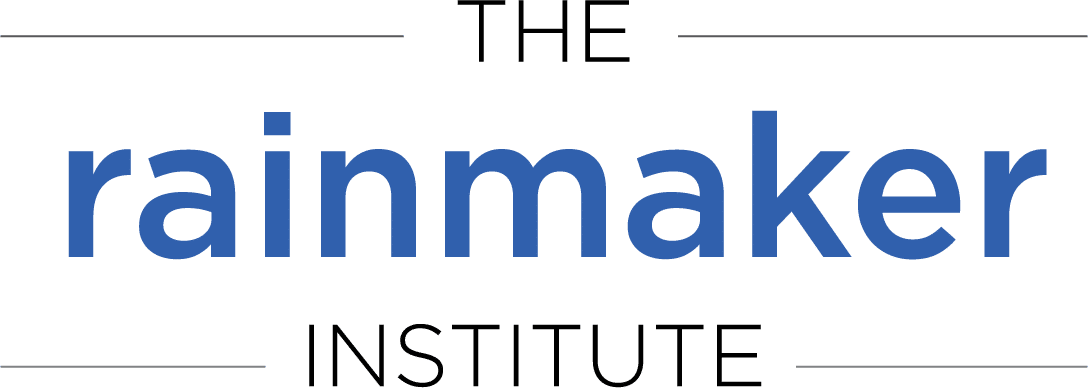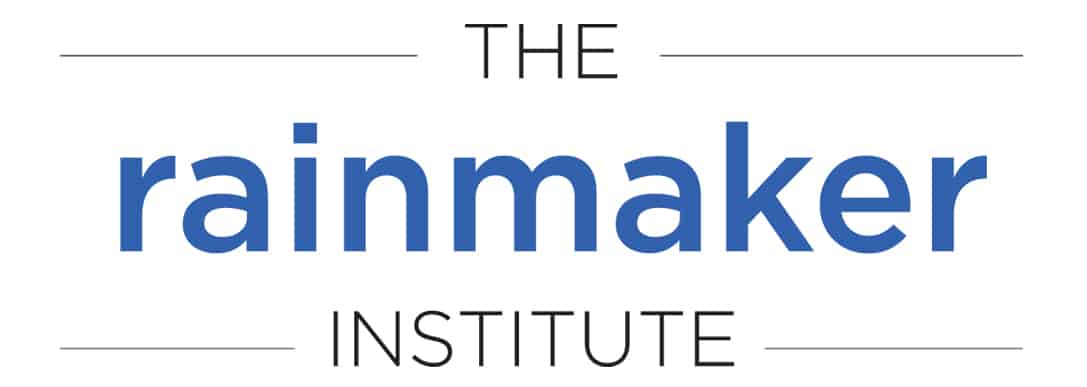If you are working to improve your website ranking on Google, then it is vital that you understand Largest Contentful Paint (LCP). In 2021, it became a user experience metric that plays a significant role in rankings.
What is LCP (Largest Contentful Paint)?
Largest Content Paint is the measurement of the time it takes for a website’s main content to be downloaded and ready for use. It should not be confused with First Contentful Paint (FCP) which measures the user’s perceived load speed, or the time it takes for the user to see anything on the page. A quick FCP allows the user to know that something is happening on the website.
LCP measures how long it takes for the biggest image or most significant block of content to become available to the user. Any content that extends beyond the screen is not included in the measurement. The most common components measured in LCP are images, background, and block-level text elements.
What Can You Do to Improve LCP?
Determine what part of your webpage is the largest block of text or biggest image and optimize it. You can reduce its size or do whatever it takes to help it download faster. And remember, Google includes most websites in the mobile-first index, so you should optimize your mobile viewport first, then work on the desktop.
What about Images and LCP?
It is common for images to be uploaded in their original size or “intrinsic” size and then be resized smaller for display purposes, which is called the image’s “visible” size. In calculating the size of the image, Google will use whichever size is smaller between the intrinsic size and visible size of the image. Thus, you may achieve a high LCP score with an image that has a large intrinsic size and was resized to be smaller, but the best practice is for the intrinsic size to match the visible size.
A Few LCP Pointers
It is important to understand that all elements appearing on the user’s screen or viewport will be used to measure LCP. Any images rendered off the screen and then shift to the viewport after they are fully rendered usually will not be counted as part of the LCP score.
In contrast, components that begin on the user’s screen and then are pushed out of the viewport may be counted in the LCP measurement.
Issues to be Aware of when Optimizing LCP
A slow server can cause problems with DDOS (distributed denial-of-service) levels of hacking. One solution may be to install a WordPress plugin like WordFence to discover if you are experiencing an attack, then you can take steps to block it.
Other problems can be caused by render-blocking JavaScript or CSS. There could be misconfiguration of a dedicated server or the amount of memory allotted to PHP. You could even experience issues due to outdated software. In the worst-case scenario, you may need to move to a better server host with less users.
What is a Good FCP Score?
You should work to have an FCP (First Contentful Paint) of 1.8 seconds or less. Your LCP (Largest Contentful Paint) speed should be 2.5 seconds or less. A good mark for ensuring that your website is providing a good user experience is to measure in the 75th percentile of page loads.
How Can The Rainmaker Institute Help?
If this article makes no sense to you, but you know you want a faster website for your potential clients, we can help. We’ll help you create a website that quickly attracts and engages leads while reflecting your knowledge and personality.
We handle all the technical aspects of website development:
- A proven platform for web design
- Practice-area specific semi-custom designs
- Optimization for mobile use
- Adequate bandwidth
- Reliable web hosting
- Availability of Live Chat
In addition, you retain the ability to update or change your website as needed. Together, we’ll build a prospect-attracting website to help you generate more leads, more business.
With The Rainmaker Institute, your marketing plan is backed by an unparalleled team of professionals who will customize their services to meet your needs. Contact us today by calling (480) 347-9800 or by using our convenient online form.



